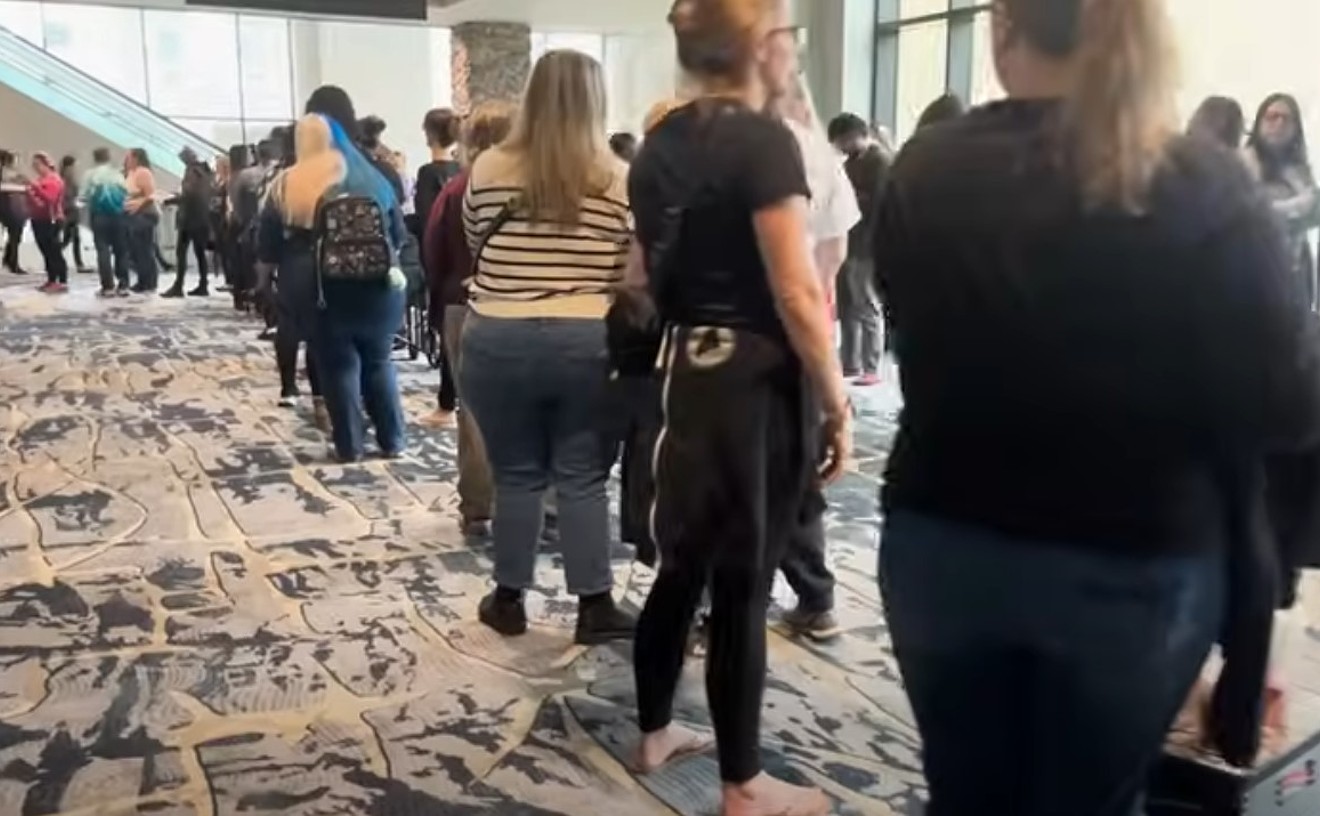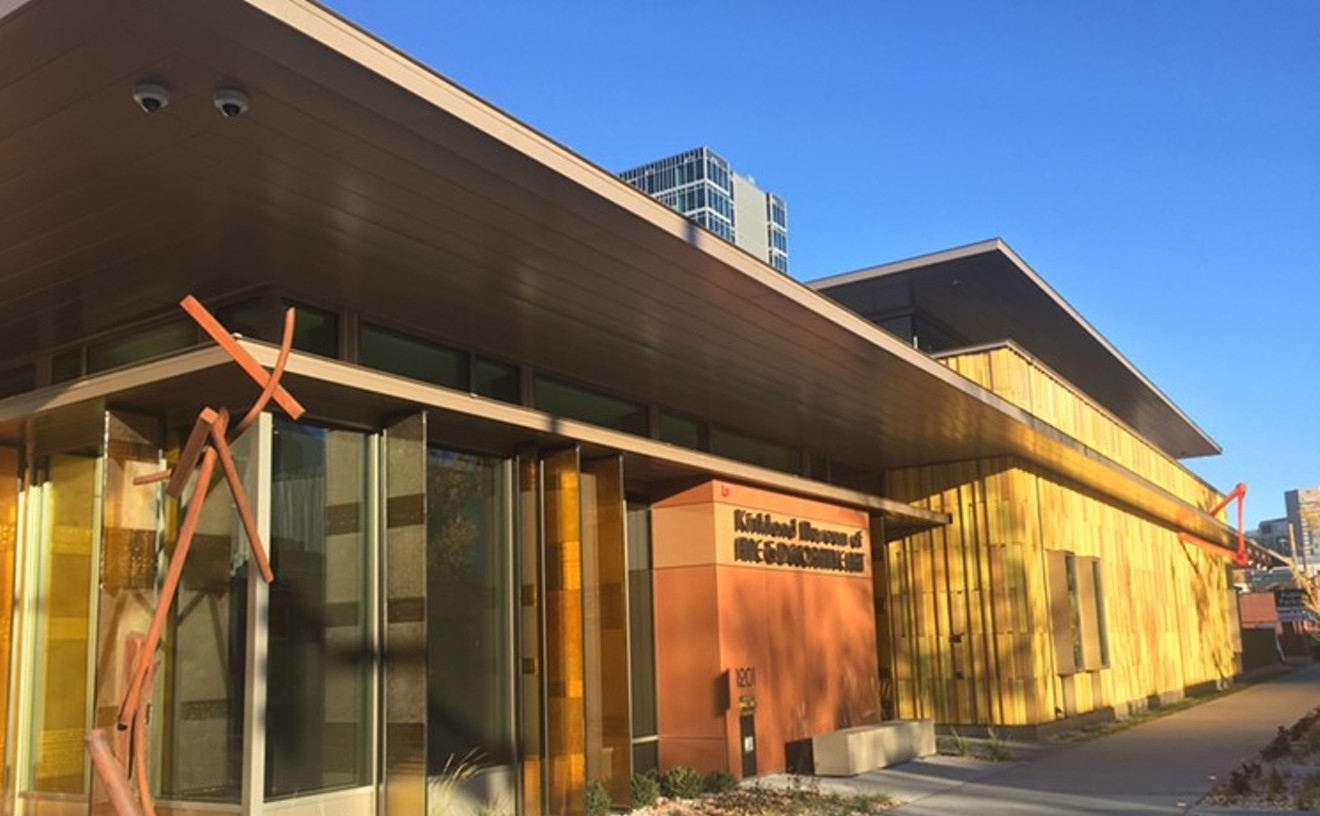When Mark Travis died at the end of 2007, he had begun working on a series of politically themed pieces that were going to be presented at Space Gallery (765 Santa Fe Drive, 720-904-1086, www.spacegallery.org) this August to coincide with the Democratic National Convention. That plan was scrapped after his death, but Michael Burnett has decided to put on a Travis memorial show in its stead.
Travis, formerly an abstract expressionist, had turned toward representational imagery during the last years of his life, with a particular interest in the female nude.
Similarly conceived female nudes make up William Stoehr, the current show at Space. Like Travis, Stoehr embeds his figures in backgrounds composed of smears and marks of paint fleshed out (excuse the pun) with penciled lines. These paintings have a sense of eroticism, and Stoehr sees them as having an "emotional edge," with sexual longing apparently being the emotion he means. The best of the batch use the nude to define the composition, with the worst of them looking a little too much like arty pinups.
Opposite the Stoehrs are the '80s-retro abstracts featured in Anna Dvorak. Interested in translating the landscape into fractured constructivist arrangements, Dvorak fills in jagged shapes with smeared areas of color. This combination is seen in "Gamla" (pictured), done in acrylic and ink on canvas and named for an ancient Jewish settlement. The piece is part of Dvorak's "Toward Abstraction" series, which was inspired by the tectonic plates in the Middle East — in particular, the Afro-Syrian Rift that crosses Israel. An interesting aspect of these works is that while Dvorak takes the same vantage point as satellite photos, she also references Jewish history from the time of the Roman occupation of Israel.
As an added attraction, several earlier pieces by both Stoehr and Dvorak are on display in the small back gallery. Both shows run until February 16.










